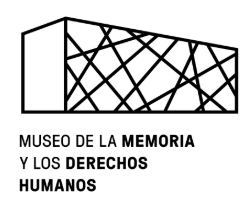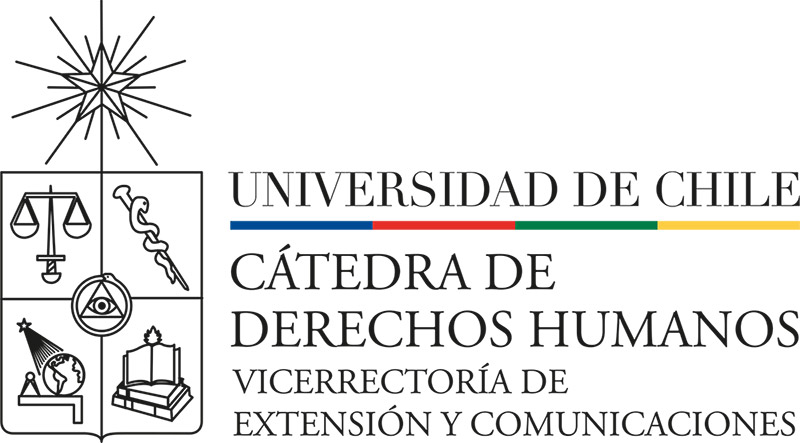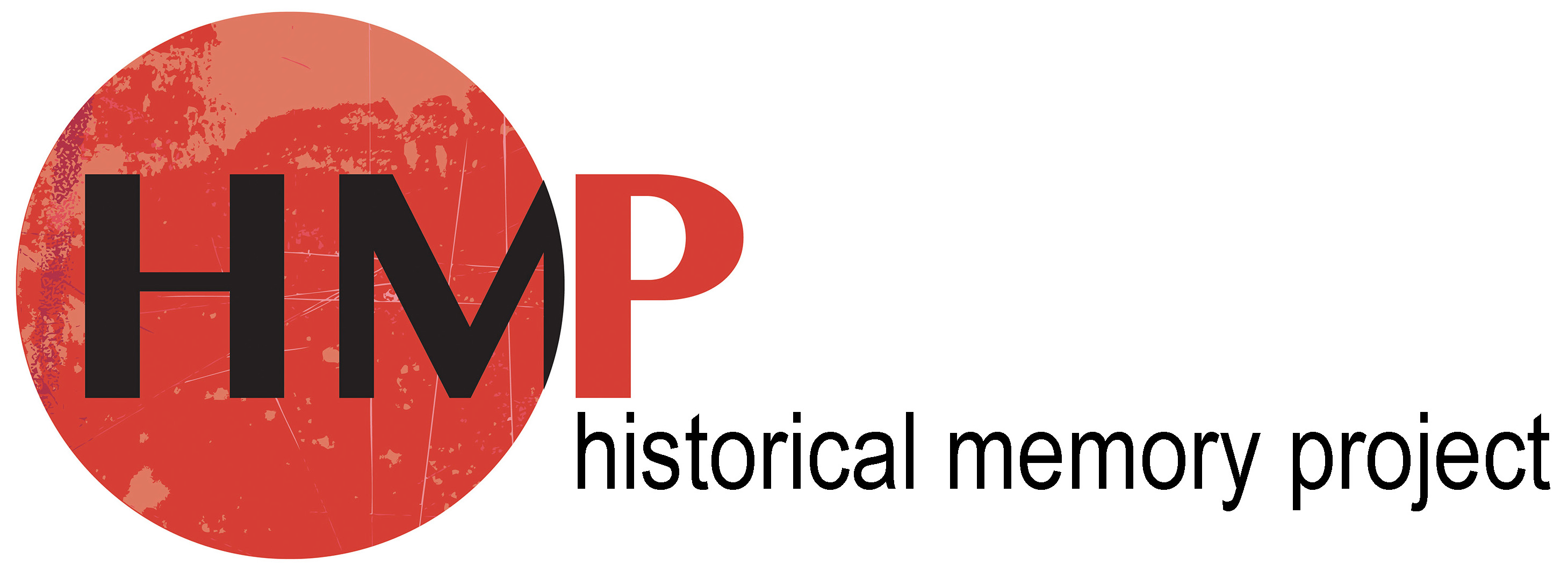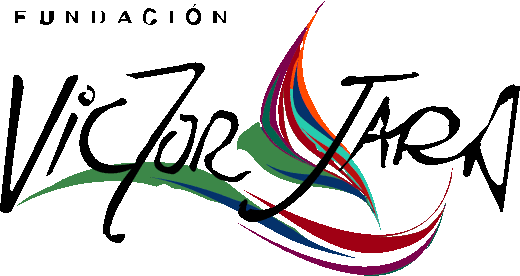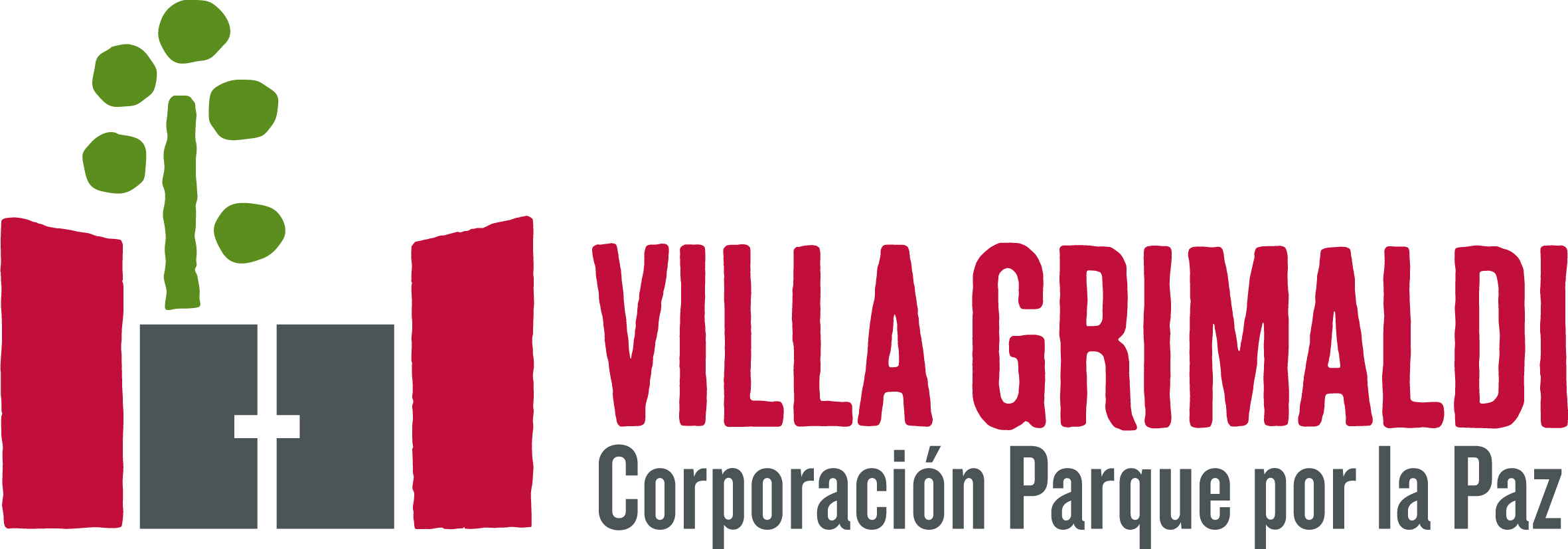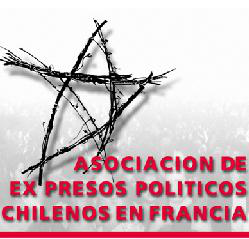 Cantos Cautivos
Cantos Cautivos
908 results where found for «La guerra de los Vargas»
Recinto: Cárcel de Los Ángeles
- There are 1 testimonies about this detention centre.
- If you had a musical experience about this detention centre, please share it here!
With the Sprouts I Sowed (Y con brotes de mi siembra)
Music piece by:
Andrés Rivanera (lyrics) and Eugenio Moglia (music). Popularised by Los Moros and Jorge Yáñez.
Testimony by:
Guillermo Orrego Valdebenito
Experience in:
Tags:
Music piece by:
Attributed to Charles Albert Tindley
Testimony by:
Alfonso Padilla Silva
Experience in:
Cárcel de Concepción / Cárcel El Manzano, December 1974
Tags:
Music piece by:
Eusebio Lillo and Ramón Carnicer
Testimony by:
Boris Chornik Aberbuch
Experience in:
Campamento de Prisioneros Melinka, Puchuncaví, March 1975
Tags:
Candombe for José (Candombe para José)
Music piece by:
Roberto Ternán
Testimony by:
Sara De Witt
Experience in:
Campamento de Prisioneros, Tres Álamos, September 1976
Tags:
The Great Gigi L’amoroso (Gigi el amoroso)
Music piece by:
Jacqueline Misrahi, Lana Sebastian and Paul Sebastian. Popularised by Dalida in various languages: Italian ('Gigi L’amoroso'), Spanish ('Gigi el amoroso'), French ('Gigi l'amour'), English ('The Great Gigi l’amoroso'), German ('Gigi der Geliebte') and Japanese ('Ai suru Jiji').
Testimony by:
Eduardo René Cuevas
Experience in:
Regimiento de Infantería Reforzada Nº 3, Los Ángeles (nowadays Regimiento de Infantería Nº 17), October - November 1973
Tags:
Music piece by:
unknown. Folk tune from the Andes highlands
Testimony by:
Luis Cifuentes Seves
Experience in:
Campamento de Prisioneros Chacabuco, January - February 1974
Tags:
Lament for the Death of Augusto the Dog (Lamento a la muerte del perro Augusto)
Music piece by:
Sergio Vesely
Testimony by:
Sergio Vesely
Experience in:
Tags:
How Can I Describe This to You? (Cómo hacer para darte una idea)
Music piece by:
Sergio Vesely
Testimony by:
Sergio Vesely
Experience in:
Cárcel de Valparaíso, 1976
Tags:
Music piece by:
Sergio Vesely
Testimony by:
Sergio Vesely
Experience in:
Tags:
